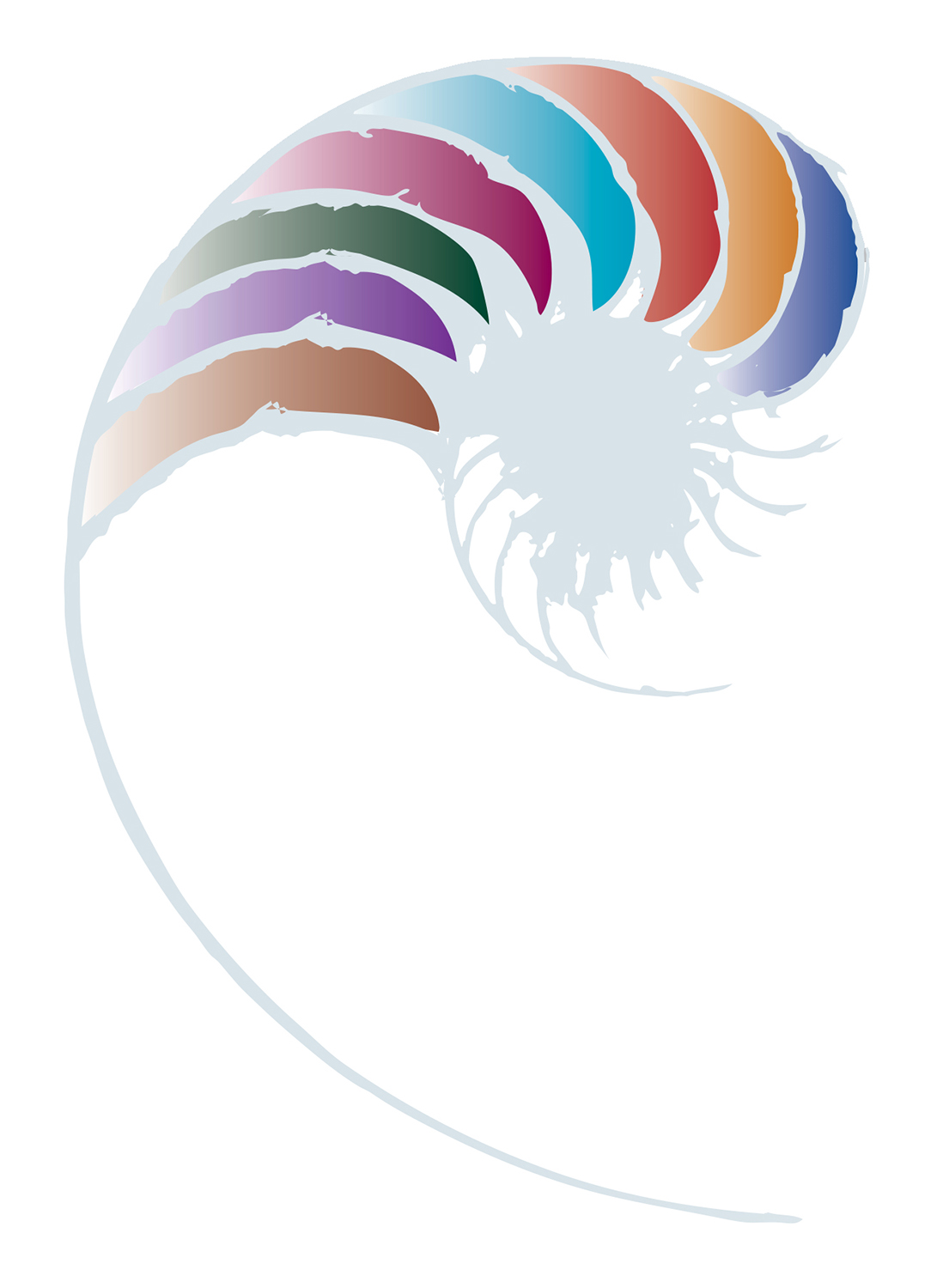Te aratohu waihanga marau ā-rohe
Local curriculum design guide
The local curriculum design diagram shows a process that will help you to review and design a local curriculum based on decisions about what matters here. This resource is part of the Local curriculum design guide set. See the resource carousel below for more.
Kotahi te kākano, he nui ngā hua o te rākau.
A tree comes from one seed but bears many fruit.

Curriculum design diagram
Te Whāriki (2017) provides a framework for curriculum in early learning services. Local curriculum design is the way you bring Te Whāriki to life in your setting.
The concept of local curriculum encompasses geographic location as well as the aspirations, beliefs, goals, language, culture, identity, and features of your early learning setting and each of the people in it. Local curriculum looks different in each setting because it is responsive to the needs of your learners, kaiako, whānau, iwi and community.
Te Whāriki interprets the notion of curriculum broadly, taking it to include all the experiences, activities, and events, both direct and indirect, that occur within the early childhood education setting. Having local curriculum priorities means that kaiako, whānau, and tamariki know what is especially important in their place, and kaiako can use intentional teaching to support those priorities.
The curriculum design process is an on-going process – local curriculum is not static, as the "learning that matters here" will change and evolve over time. However, the physical place doesn’t change, so the depth of learning about the place will deepen with time.
Curriculum decisions are made in the moment or through short-, medium-, and long-term planning, and you can find examples of each below.
The diagram above shows a process that will help you review and design your local curriculum.
The diagram depicts a whāriki (woven mat) to symbolise the way in which each of the six steps in the process of curriculum design is built on a foundation of Te Whāriki.
The process needs all the following six steps to fit together to form the overall whāriki:
- Get to know our people and place.
- Decide on learning priorities.
- Plan our response.
- Make it happen.
- Find out what and how tamariki are learning.
- Review and respond.
The speech bubbles around the text of the steps in the diagram highlight that the process of curriculum design is collaborative. It involves building learning partnerships and talking together.
- Get to know our people and place
- Decide on learning priorities
- Plan our response
- Make it happen
- Find out what and how tamariki are learning
- Review and respond
This involves reflecting, reviewing, and evaluating how your planning and responding have supported your curriculum priorities. You may like to consider:
- What went well, and what didn’t go so well?
- Did your response go as you planned it would? Why/why not?
- Did your response support, extend, and deepen learning in your priority areas?
- Are there changes you might make to your priorities at this time? Why/why not?
- What will you plan to do next?
Te Whāriki holds the promise that all children will be empowered to learn with and alongside others by engaging in experiences that have meaning for them. This requires kaiako to actively respond to the strengths, interests, abilities, and needs of each child and, at times, provide them with additional support in relation to learning, behaviour, development, or communication.
See Materials that come with this resource to download.
- Te Whāriki online curriculum design guide in English (.pdf)
- Te Whāriki online curriculum design guide in te reo Māori Kūki ‘Āirani (.pdf)
- Te Whāriki online curriculum design guide in gagana Samoa (.pdf)
- Te Whāriki online curriculum design guide in te gagana Tokelau (.pdf)
- Te Whāriki online curriculum design guide in lea faka Tonga (.pdf)
- Te Whāriki online curriculum design guide in vagahau Niue (.pdf)
About this resource
The local curriculum design diagram outlines how Te Whāriki provides a framework for the design of a culturally responsive and local curriculum based on learning priorities and aspirations for tamariki and whānau in their setting. This resource is part of the Local curriculum design guide set. See the resource carousel for more.



